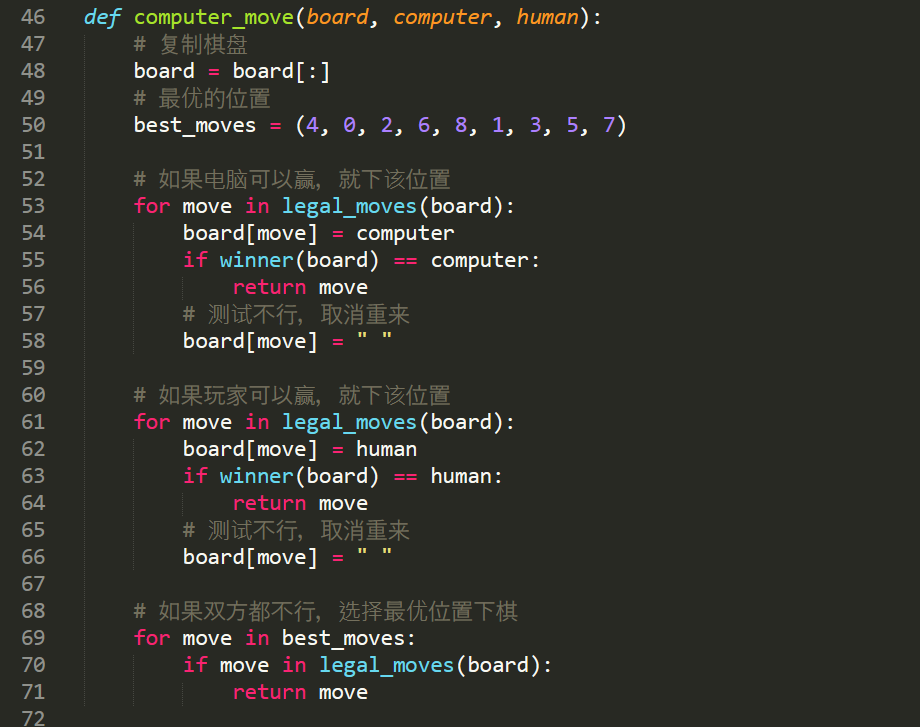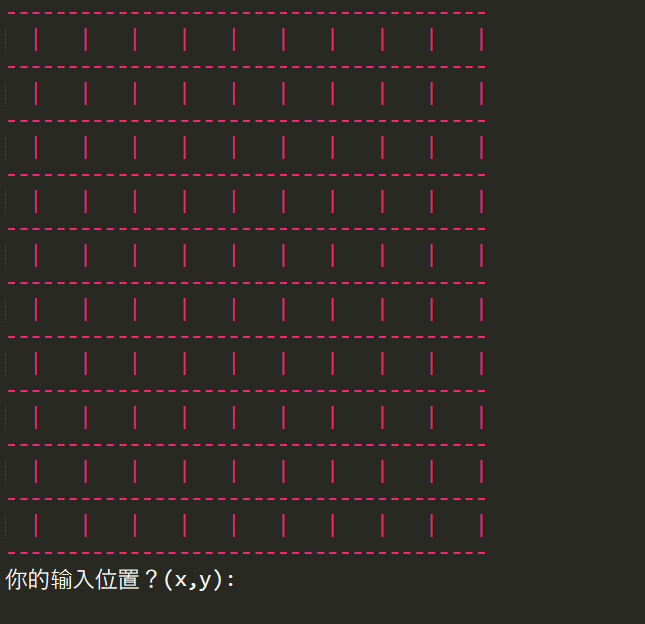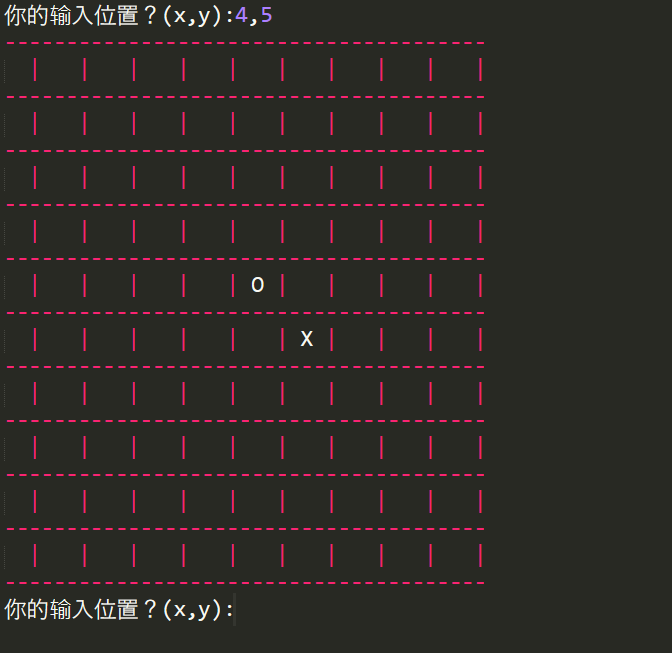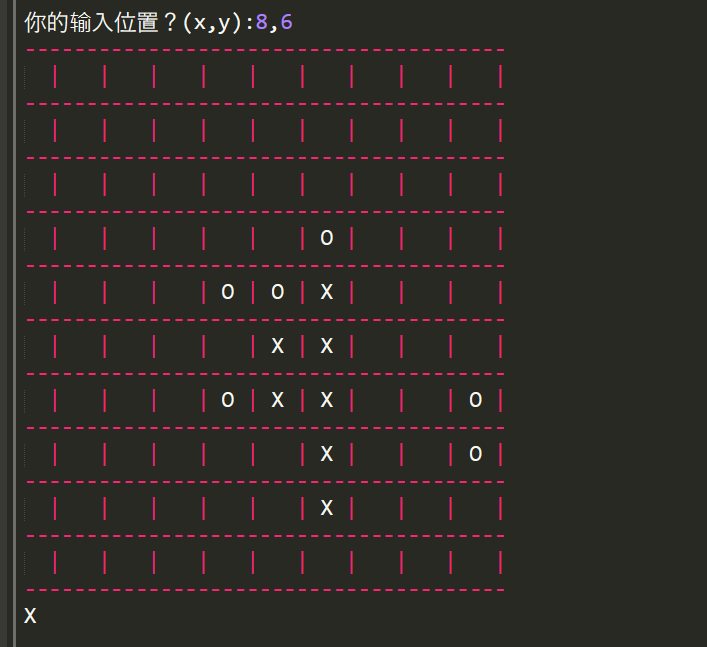python tic-tac-toe-text version (part 2)
The last article python Tic-Tac-Toe-Text Version (Part 1) The chess strategy on the computer side is random. If there are any positions that can be played, a random position is selected;
In reality, there are no such stupid opponents. It is still necessary to give the computer a normal IQ:
- At least when the opponent is going to win the next step, we should block which position immediately;
- If the computer can win by itself, it should be placed where it can win;
- If both sides cannot win, then find a better position to play chess and occupy a favorable situation;
With such a few simple strategies, the computer has a little AI effect.
Under very obvious circumstances, a computer will not lose; in most cases, it can remain unbeaten.

Complete code
If you want to do better, you can modify the prompt description, gameplay description, etc.
import random
def display_instruct():print("game rules")
def new_board():return[" "]*9
def display_board(board):print(
f"""
|{ board[0]}|{board[1]}|{board[2]}||{board[3]}|{board[4]}|{board[5]}||{board[6]}|{board[7]}|{board[8]}|"""
)
def pieces():
is_go_first =input("Do you want to go first? (y/n): ").lower()if is_go_first =="y":
human,computer ="X","O"else:
human, computer ="O","X"return human, computer
def legal_moves(board):
moves =[]for move inrange(9):if board[move]==" ":
moves.append(move)return moves
def human_move(board):
legal =legal_moves(board)
move =int(input("Where are you going? (0 - 8):"))while move not in legal:
move =int(input("Where are you going? (0 - 8):"))return move
def computer_move(board, computer, human):
# Copy chess board
board = board[:]
# Optimal location
best_moves =(4,0,2,6,8,1,3,5,7)
# If the computer can win, go to that position
for move inlegal_moves(board):
board[move]= computer
ifwinner(board)== computer:return move
# The test fails, cancel and restart
board[move]=" "
# If the player can win, move to that position
for move inlegal_moves(board):
board[move]= human
ifwinner(board)== human:return move
# The test fails, cancel and restart
board[move]=" "
# If both sides cannot, choose the best position to play
for move in best_moves:if move inlegal_moves(board):return move
def next_turn(turn):if turn =="X":return"O"else:return"X"
def winner(board):
WAYS_TO_WIN =((0,1,2),(3,4,5),(6,7,8),(0,3,6),(1,4,7),(2,5,8),(0,4,8),(2,4,6))for row in WAYS_TO_WIN:if board[row[0]]== board[row[1]]== board[row[2]]!=" ":
winner = board[row[0]]return winner
if" " not in board:return"draw"return None
def congrat_winner(winner,human,computer):if winner!="draw":print(winner,"won!\n")else:print("这是一场draw")if winner == human:print("Congratulations on your victory! !")
elif winner == computer:print("you lose!")display_instruct()
human,computer =pieces()
turn ="X"
board =new_board()display_board(board)while not winner(board):if turn ==human:
move =human_move(board)
board[move]=human
else:
move =computer_move(board, computer, human)
board[move]= computer
display_board(board)
turn =next_turn(turn)
the_winner =winner(board)congrat_winner(the_winner,human,computer)
Of course, this is only for Tic Tac Toe, which has relatively limited steps;
If it is Gobang, then the computer will need to calculate more steps, and the judgment of winning will be more complicated. Those who are interested can think about the realization of Gobang game;
- What kind of data structure does the chessboard adopt?
- How to judge win or lose?
- Computer chess strategy?
Part II-Python Gobang (Part 1)
The effect of my code is as follows:


x won

The specific board realization and the realization of winning or losing will be explained in the next article.
( (End of full text)
Recommended Posts